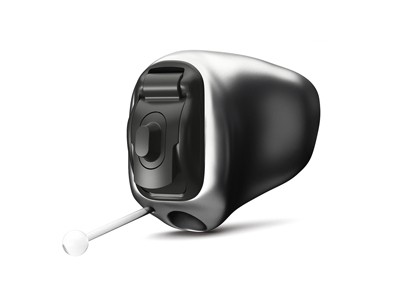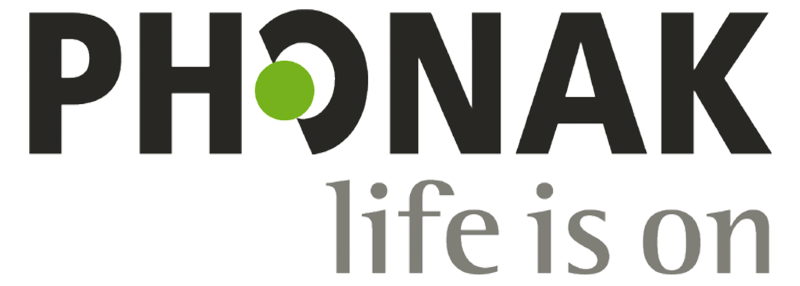Hearing Aids
Hearing aids are savvy pieces of technology that can perform numerous functions. These devices are designed to absorb, amplify, and process speech as well as sound. This provides significant support, maximizing an individual’s capacity to hear.
Like most electronic devices today, hearing aids have benefitted from incredible innovations in recent years. Cutting-edge technology has produced various hearing aid features that allow hearing aids to seamlessly integrate into daily life.
Today’s hearing aids are more advanced than ever before and with an array to choose from, selecting a device can be challenging. Our team is here to help you navigate your options and choose the device that will optimally meet your needs.
How Hearing Aids Work
How Hearing Aids Work
Hearing Aid Styles
There are several styles or types of hearing aids. Hearing aid styles are indicated by a three-letter acronym that describes how the hearing aid is worn. A few common styles include:

Receiver-in-Canal


In-the-Ear

Behind-the-Ear
Hearing Aid Features
ReductionClick to Read More
Other features include downloadable apps to manage your hearing aid settings, virtual assistants, and directional microphones.
Our experts will thoroughly discuss the hearing aid options that will best support your hearing. They will also share the features and technologies that may be useful to you in your daily life.






